The solution of Schneider inverter fault code
Published:2023-02-23 15:32:20
PHF: ⒈ Frequency converter power supply is not correct or fuse is blown; B. There is momentary defect in some phase. ⒈ Check the power supply connection and fuse; B. Reposition.
USF: ⒈ Supply voltage undervoltage; ⒉ Instantaneous voltage drop; 3. The load resistance is damaged. 1 Check the power supply voltage. 2 Replace the load resistance.
OSF, OHF, OLF, ObF, OPF, LFF, OCF: power supply voltage is too high check the power supply voltage radiator temperature is too high monitor the motor load; Inverter ventilation; Reset after the frequency converter is cooled; Thermal maintenance trip due to excessive overload time. 1 Check the hot maintenance Settings. Monitor the motor load 2 Wait about 7 minutes before restarting the braking too fast or the load is too heavy to extend the deceleration time, if necessary, add the brake resistance output phase check
4 -- 20 mA signal loss of motor connection AI2 port: check the given circuit 1. Too short a slope; 2. Excessive inertia or heavy load; 3. Mechanical slot. 1. View the Settings. 2. Check the motor/frequency converter/load capacity; 3. Check the mechanical condition.
SCF CF: The output side of the converter is short-circuited or grounded. Check the bridge resistance of connecting cable and motor insulation converter. 1. Load relay operation fault; 2. If the load resistance is damaged, check the connector and load resistance in the converter.
SLF O F S F EEF InF: Frequency converter ports are incorrectly connected. Check the connection of the converter interface, motor overheating (PTC sensor), motor ventilation and ambient temperature, check the type of sensor used, detect the fault of connecting the motor load sensor to the converter, check the fault of connecting the sensor to the converter EEPROM storage, block the power supply of the converter and reset it. 1. Internal faults; 2. Interface faults Check the interface of the frequency converter.
EPF SPF AnF: external chain fault. Check the faulty equipment and reset, no speed response, check the speed sensor connection and mechanical coupling. 1. Not following slopes; 2. Reverse the speed to the set point. 1. Check the speed response Settings and wiring; 2. Check whether the Settings for a specific load are appropriate. 3. Check the capacity of motor -- frequency converter, and whether brake resistance is needed.
SOF: 1. unstable; 2. The load is heavy. 1. View Settings and parameters. 2. Add brake resistance; 3. Check the capacity of motor/frequency converter/load.
CnF: Communication fault in the field bus. 1. Check the network connection of the converter; 2. Check the communication faults between the timeout ILF option board and the control board. Check the connection between the option board and the control board.
CFF: The fault that may be caused after replacing the board. 1. Nominal change of power plate; 2. Change the palette type, or install the palette when there is no palette but macro -- the equipment is CUS; 3. Remove the option panel; 4. Can't save inconsistent equipment. 1. Check the hardware equipment of the converter (power or other); 2. Cut off the inverter power supply and reset it; 3. Store the equipment in a file in the display module; 4. Press ENT twice to restore factory Settings (** Press ENT twice, the following information will be displayed: Fact.Set? Restore ENT/ESC to factory defaults? ENT/ESC)
CFI: Inconsistent equipment being fed into frequency converter through serial port. 1. Check the equipment that has been sent; 2. Send an identical device.
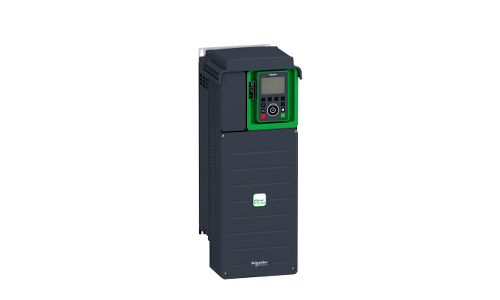
-
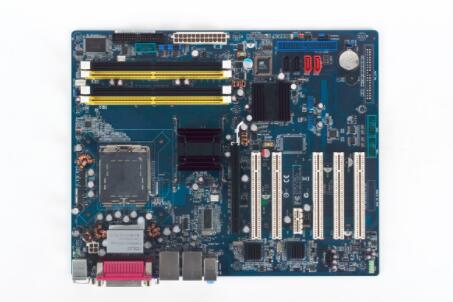 202306-30
202306-30Advantech motherboard how to enter the U disk starter
If you can access the operating system before reinstalling the industrial computer system, you should back up important data and drivers to avoid the loss of important files due to system reinstallati···
-
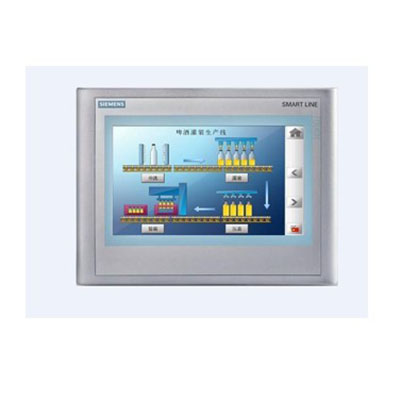 202212-30
202212-30Siemens operating panel (HMI) order number complete
Siemens Operating Panel (HMI) order number complete - Siemens touch screen order number complete
-
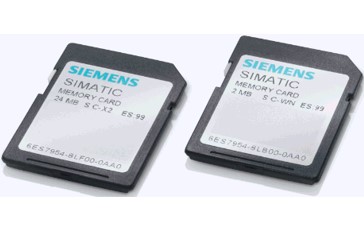 202303-01
202303-01How to Use Siemens Memory Card to clear password or restore factory Settings
If the customer forgets the password previously set to the S7-1200, the S7-1200 internal program and password cannot be cleared by "restoring factory Settings", so the best way to clear is t···
-
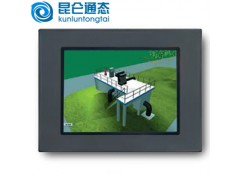 202302-16
202302-16Solution of MCGS communication problem
1. How to check the communication status of the device in Kunlun Mode (MVGS)In all MCGS non-board devices (except some custom devices), *** channels are communication channels. That is, after entering···
-
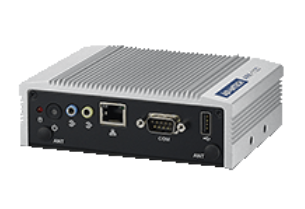 202301-11
202301-11What are the common faults of Advantech industrial computer?
1. Maintenance of chip-level motherboard, dealing with crash, startup without flash, power-off and other problems, and providing BGA service;2. Deal with the black screen and flower screen in the oper···



 +8618621383628
+8618621383628 +8613811814778
+8613811814778 info@zhongpingtech.com
info@zhongpingtech.com Building 26, Liyuan Community, Chaoyang District, Beijing, China
Building 26, Liyuan Community, Chaoyang District, Beijing, China